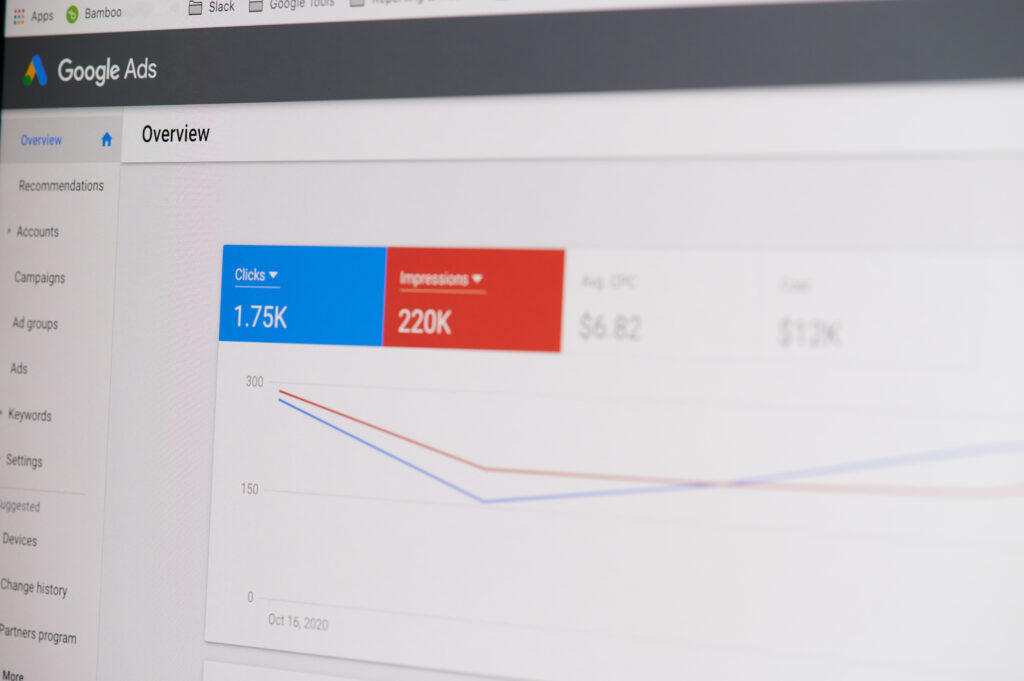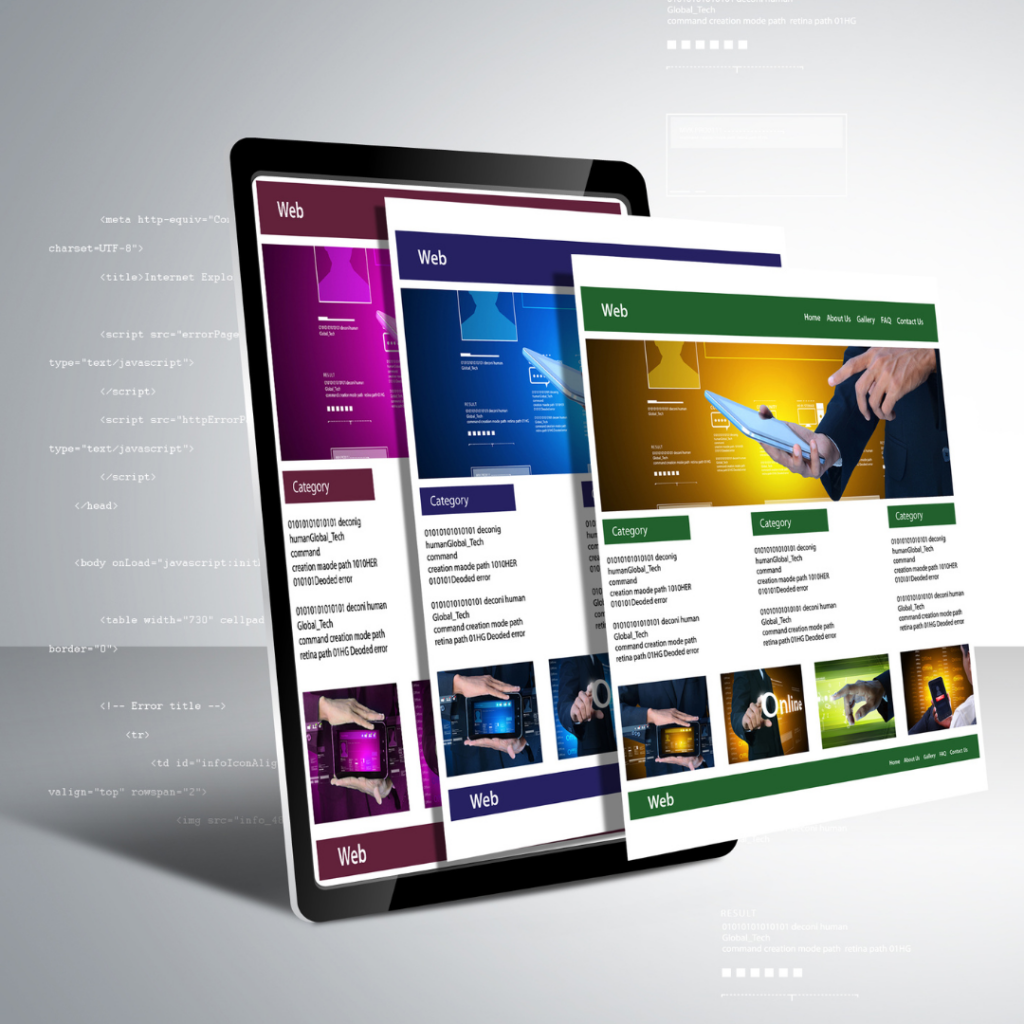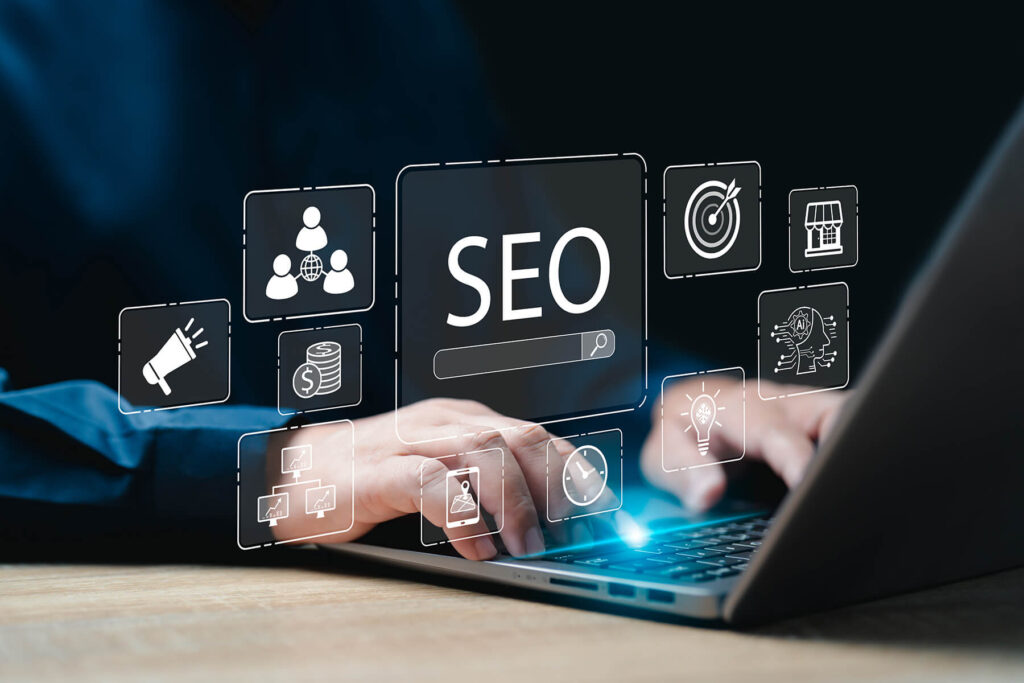Running Google Ads in 2025 is no longer just about showing up—it’s about showing up strategically. With rising competition and ever-increasing cost-per-click (CPC) rates, businesses need more than visibility to win. Precision targeting, smart automation, and compelling messaging are now non-negotiables if you want real results. Whether you’re scaling an eCommerce brand, generating leads for a local service, or driving B2B inquiries, your success depends on how well you execute across the entire campaign funnel.
Define Your Goal Before You Spend a Dime
Before you touch a campaign setting or write a single headline, you need clarity on your goal. This step isn’t optional—it determines your campaign type, ad copy, landing page, and even your bidding strategy. Think about what outcome matters most. Do you want people to buy, call, book, or simply become aware of your brand?
Common goals include:
-
Lead generation (contact forms, quote requests)
-
Online sales (especially for eCommerce)
-
Phone calls or scheduled consultations
-
Brand awareness and reach
-
App installs or downloads
When your goal is defined from the start, every other decision becomes easier—and more strategic.

Choose the Right Campaign Type
In 2025, Google offers a diverse array of campaign types, and choosing the right one can dramatically influence your results. This decision should be based on your target audience, their behavior, and your business objectives.
Here are some of the most effective campaign types today:
-
Search Campaigns: Appear on Google search results when users type in specific keywords. Perfect for high-intent queries like “emergency plumber near me.”
-
Performance Max Campaigns: Google’s AI-powered campaign that runs across all of Google’s platforms (Search, Display, YouTube, Discover, Gmail) and automatically optimizes for conversions.
-
Display Campaigns: Great for building awareness and retargeting users through visually engaging ads.
-
YouTube Ads: Ideal for storytelling, product demos, or brand launches—YouTube is where attention meets intent.
-
Local Services Ads (LSAs): Designed for qualified service providers. These ads appear at the very top of search results and carry Google’s “Guaranteed” badge for added credibility.
Using the right campaign type ensures your message is delivered at the right moment, in the right context.
Know Your Audience Inside and Out
Even the best ads won’t convert if they’re shown to the wrong people. Understanding your audience on a deep level is one of the most important parts of campaign success. Google’s tools can help—but they’re only as good as the inputs you give them.
Use targeting options like:
-
Custom Segments: Reach users based on competitor interest, past site behavior, or relevant searches.
-
In-Market Audiences: Target people actively researching solutions in your category.
-
Demographics & Devices: Filter by age, location, household income, or device.
-
Remarketing: Stay top-of-mind with people who’ve visited your site, abandoned carts, or interacted with your emails.
-
Customer Match: Upload your CRM or email lists to serve personalized ads to existing contacts.
Just as important? Knowing who not to target. Use exclusions wisely to avoid wasting spend on irrelevant traffic or non-converting segments.
Write Ads That Actually Sell
Your ad copy is your digital elevator pitch—it must grab attention, build interest, and drive action in seconds. Don’t just describe your product; sell the outcome your audience is looking for.
Here’s what works in 2025:
-
Use benefit-focused messaging over technical features.
-
Speak directly to pain points and desires.
-
Include numbers, discounts, or urgency when relevant.
-
End with a clear, confident call to action like “Get a Free Estimate” or “Start Your Trial Today.”
-
Make sure your copy reflects what the user is searching for—it should feel like a solution, not a pitch.
And don’t forget about ad extensions. These boost visibility and offer multiple paths to conversion:
-
Sitelinks
-
Callouts
-
Location extensions
-
Price and call extensions
-
Structured snippets
They help turn a basic ad into a more dynamic, clickable experience.
Landing Pages: Where Clicks Become Conversions
 Your landing page is the make-or-break moment. If it’s slow, cluttered, or disconnected from your ad, you’ll lose people fast. Your page needs to feel like a natural continuation of your ad—not a jarring shift.
Your landing page is the make-or-break moment. If it’s slow, cluttered, or disconnected from your ad, you’ll lose people fast. Your page needs to feel like a natural continuation of your ad—not a jarring shift.
A high-performing landing page should:
-
Match the promise of the ad headline
-
Load in under 3 seconds (especially on mobile)
-
Focus on a single, clear CTA
-
Use testimonials, reviews, or logos for trust
-
Remove unnecessary distractions like extra navigation or unrelated links
The best practice? Build dedicated landing pages for each campaign or audience segment. This lets you tailor the experience for maximum impact.
Use Smart Bidding to Let Google Work for You
Manual bidding is becoming outdated. In 2025, smart bidding strategies are more effective and easier to manage—if you give them the right signals. Google’s machine learning tools can automatically adjust bids based on real-time data like user behavior, device, and time of day.
Consider these bidding strategies:
-
Target CPA: Great for consistent lead generation at a set cost.
-
Target ROAS: Perfect for eCommerce brands focused on profitability.
-
Maximize Conversions: Helps get the most conversions within your budget.
-
Maximize Clicks: Useful for awareness or high-traffic goals.
Make sure your conversion tracking is set up correctly in Google Ads and synced with Analytics to unlock the full potential of these tools.
Track, Optimize, Repeat
A strong campaign doesn’t stay strong without optimization. Monitor performance weekly and make data-backed tweaks as needed. Look beyond vanity metrics like clicks and focus on what actually drives business growth.
Track key metrics:
-
Cost per conversion
-
Conversion rate
-
Click-through rate (CTR)
-
Impression share
-
Return on ad spend (ROAS)
-
Quality Score
Run A/B tests on headlines, landing pages, call-to-action buttons, and even campaign types or audiences. The more you test, the more you learn—and the better your campaigns will perform over time.
What’s New in Google Ads for 2025
The platform continues to evolve. Here are a few updates shaping the future of paid search and display:
-
AI-Powered Creative Suggestions: Google helps you test winning copy automatically.
-
More Visual Search Ads: Product images now appear directly in search results, increasing engagement.
-
Greater Privacy Controls: With tighter cookie rules, owning your first-party data is more important than ever.
-
Voice Search Optimization: Searchers are speaking, not typing. Short, natural-language ad copy is becoming more effective.
-
Enhanced Data Blending: Integrate your Google Ads, Analytics, and CRM data for next-level audience insights and segmentation.
Final Thoughts
Google Ads in 2025 isn’t about throwing money at impressions—it’s about intention, intelligence, and iteration. With the right strategy, targeting, and creative, your campaigns can do more than drive traffic—they can drive scalable, repeatable revenue. From choosing the right campaign to writing irresistible copy and optimizing landing pages, success is found in the details. Keep testing, stay agile, and let your data lead the way.




